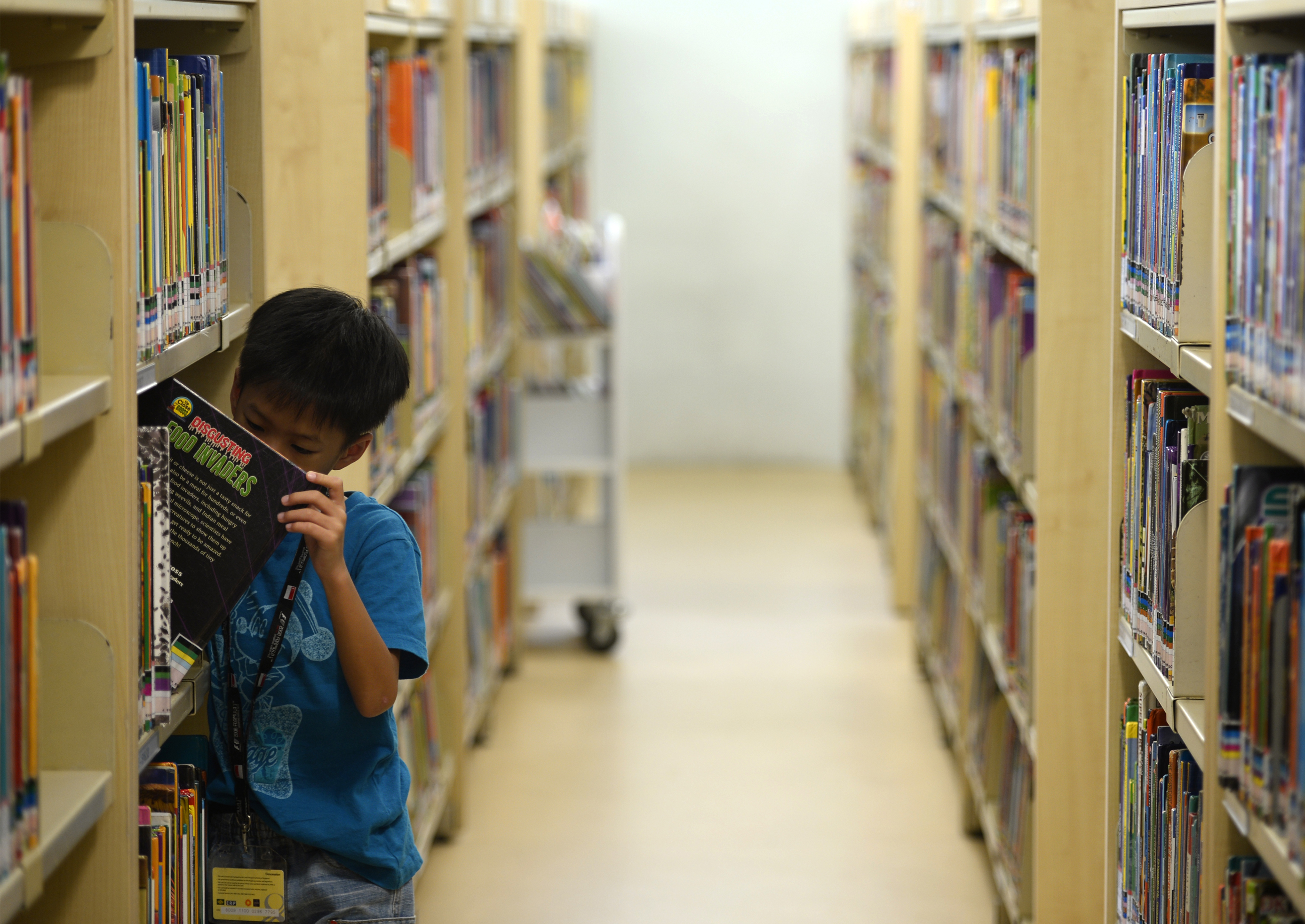
E-books have ushered in an era of self-publishing and sowed uncertainties over the survival of brick-and-mortar libraries and businesses.
I was raised on lead, ink and paper, so you can guess which side I stand on.
Digital publishing offers many advantages. For budding writers, self-publishing in the electronic format is now so much easier.
For readers, it has spelled many conveniences. Many titles, both print and electronic, can be searched and accessed more easily. E-tailers like Amazon.com have also been improving their book recommendations through data mining, great for people who follow only certain authors or genres.
But such operational excellence should not be confused with print becoming obsolete.
The Association of American Publishers, which collects data from nearly 1,200 publishers, revealed that e-book sales had fallen for the first time - by 10 per cent in the first five months of last year.
After sales soared from 2008 to 2010, e-books consistently accounted for around 20 per cent of the overall market over the next four years. A whopping 80 per cent of book sales are still from print.
If this is not an indication that there is room for both print and e-books, then digest this: Last week, Amazon.com, which has its own line of e-readers for its digital inventory, announced plans to open as many as 400 walk-in bookstores in the United States.

I am convinced that even children born in the digital age can grow up appreciating the smell and feel of paper.
I have taken the extreme measure not to expose my six-year-old daughter Ollie to e-books - simply because I find it too strenuous to read from a screen. I am also convinced by medical reports that the blue light emitted by electronic devices can wreck her sleep.
The terrific job done by our public libraries has also helped my cause. Whenever we visit the library, Ollie always has a wide variety of new books with crispy pages to leaf through.
We can spend hours in the library if not for the crowd, which can get unruly when children strew books all over or treat the library as a playground.
I do a lot of sourcing myself and fill Ollie's little reading corner in her room with colourful, illustrated books.
We also buy paperbacks, but only when there are drawings from the likes of British illustrators Tony Ross and Quentin Blake.
Well-illustrated children's books are not easily available in Singapore. You can imagine the long shopping list my husband gets when he goes to Britain or the United States for a business trip. His haul is limited only by the space in his luggage.
From fishing the books out of the luggage to wrapping and browsing them, the whole experience is an adventure for Ollie. After unloading the haul, she can be left alone for hours as she scans all the pages for interesting drawings or titles.
We teach her to respect books at a young age. Even books borrowed from the library must be treated with care. Books give us knowledge, I always tell her.
And the day is not done until we have devoured a few chapters. When the lights are out, we make sure her books are back neatly on her bookshelf.
Hopefully, these memories will bring a sense of nostalgia for paper even when she swipes and pinches on a screen for a good read in future.
itham@sph.com.sg

This article was first published on February 10, 2016.
Get a copy of The Straits Times or go to straitstimes.com for more stories.

